(NLDO) - The teeth of a strange beast were excavated in the fossil-rich Phu Noi area, Kham Muang district, Kalasin province - Thailand.
According to a research team from Kasetsart University, Mahasarakham University and Sirindhorn Museum (Thailand), three fossilized teeth have been identified as belonging to a monster species that has never been recorded anywhere else in the world .
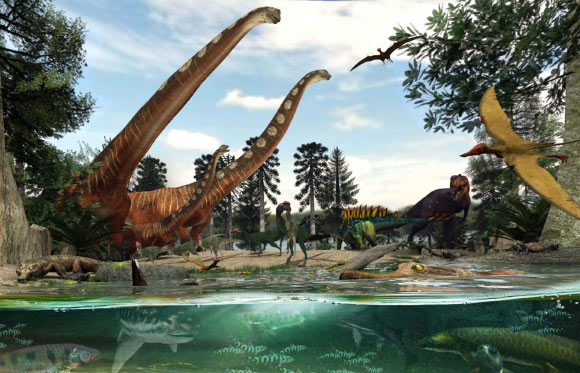
Thailand in the Age of Beasts - Graphic photo: Chatcharin Somboon
According to Sci-News, initial analysis shows that the monster that left the teeth above belongs to the Tyrannosauroidea dinosaur branch, a branch of the theropod "theropod dinosaur" group, including famous carnivorous dinosaurs such as Tyrannosaurus rex (T-rex).
Thus, it can be said that the new monster in Thailand is a distant relative of the famous T-rex.
Dr Chatchalerm Ketwetsuriya from Kasetsart University said that although Tyrannosauroidea was distributed mainly in North America and flourished during the Cretaceous period, the oldest members of the clade - dating back to the mid-Jurassic period - were discovered in Europe and Asia.
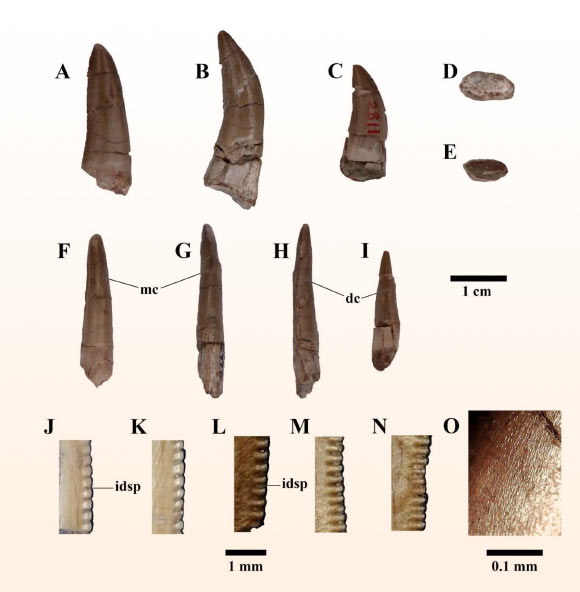
Fossil parts excavated in Thailand - Photo: Chowchuvech and colleagues
Most of present-day Eurasia as well as North America belonged to the ancient supercontinent Laurasia during that period.
This means that this branch of dinosaurs most likely originated in present-day Asia before spreading into the western part of Laurasia.
Most of the species closest to T-rex are found in China and Mongolia, but the new discovery in Thailand adds to a growing body of evidence that suggests they existed in the southeastern part of ancient Laurasia as well.
Three monster teeth in Thailand date to the late Tithonian period of the Late Jurassic period - about 145 million years ago.
The Phu Noi area is famous for being one of the richest Mesozoic vertebrate deposits (including the Triassic - Jurassic - Cretaceous periods, covering the period of dinosaur existence) in Southeast Asia.
“Many species have been excavated at the site, including freshwater sharks, ray-finned fish, lungfish, amphibians, turtles, crocodiles, pterosaurs, and dinosaurs,” the authors said.
Three other dinosaur species - including one theropod - have been identified at the site previously.
The study was recently published in the journal Tropical Natural History.
Source: https://nld.com.vn/phat-hien-loai-quai-thu-moi-o-thai-lan-ho-hang-cua-t-rex-196240709174956179.htm







![[Photo] Prime Minister Pham Minh Chinh and Prime Minister of the Kingdom of Thailand Paetongtarn Shinawatra attend the Vietnam-Thailand Business Forum 2025](https://vphoto.vietnam.vn/thumb/1200x675/vietnam/resource/IMAGE/2025/5/16/1cdfce54d25c48a68ae6fb9204f2171a)

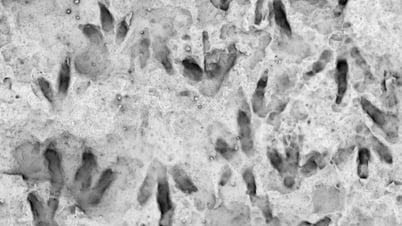

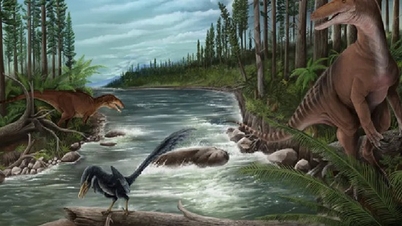
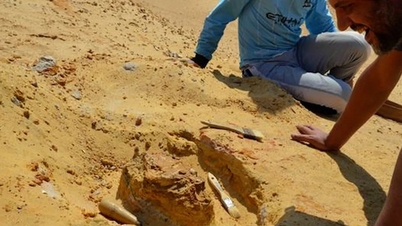
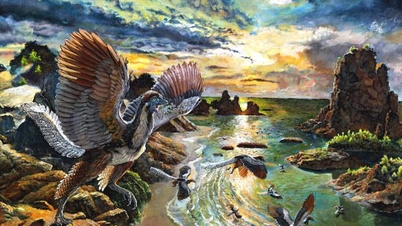
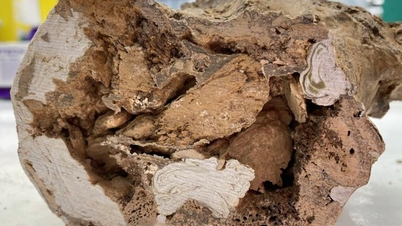


![[Video] Tran Dai Nghia Award 2025 honors 2 outstanding scientific and technological works](https://vphoto.vietnam.vn/thumb/402x226/vietnam/resource/IMAGE/2025/5/16/4ddf8bb7d7db4931a613bd16be060c96)


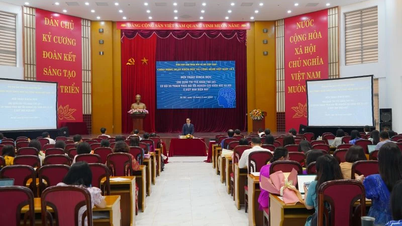
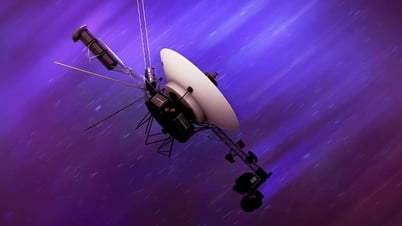

![[Video] The 4th Nhan Dan Newspaper Innovation Award Ceremony in 2025](https://vphoto.vietnam.vn/thumb/402x226/vietnam/resource/IMAGE/2025/5/16/379ee42188794a1eb840d2ca52f3e71d)










![[Photo] President Luong Cuong receives Prime Minister of the Kingdom of Thailand Paetongtarn Shinawatra](https://vphoto.vietnam.vn/thumb/1200x675/vietnam/resource/IMAGE/2025/5/16/52c73b27198a4e12bd6a903d1c218846)





























































Comment (0)